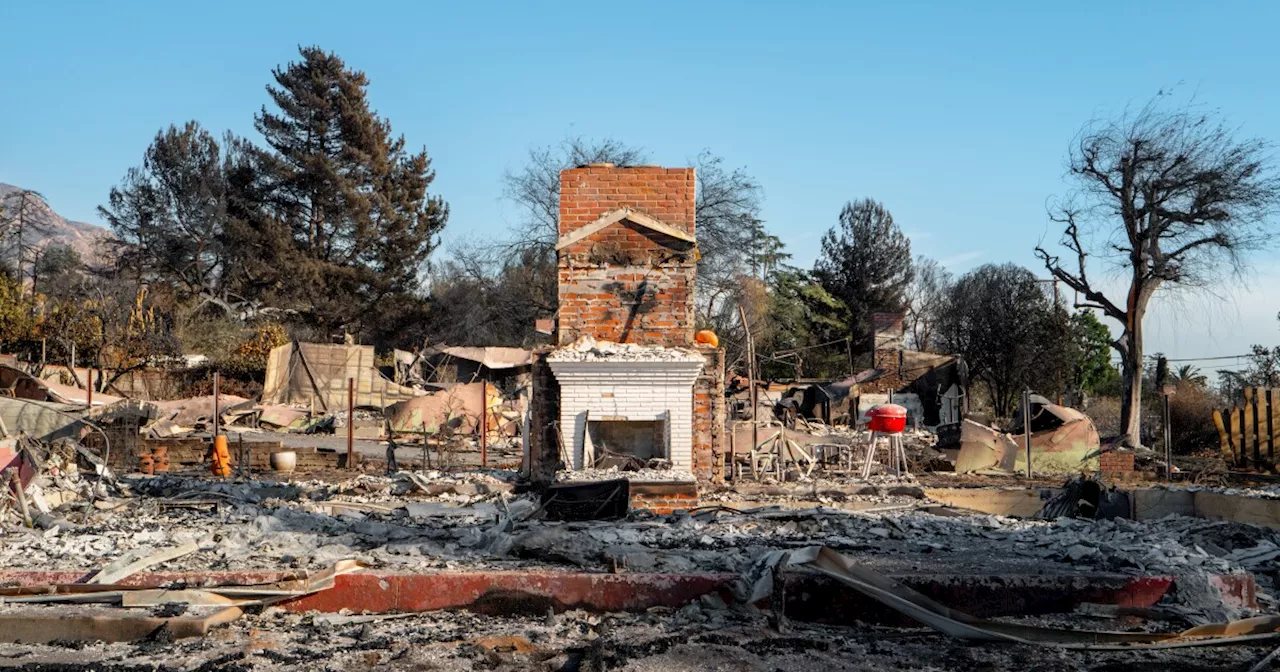USC researchers tested street dust and sandboxes for lead contamination in areas affected by the Eaton Fire. While some areas showed high levels of lead, others had barely any, indicating variable distribution of ash. More testing is needed to assess the full extent of heavy metal contamination, including chromium and arsenic.
If you're enjoying this article, you'll love our daily newsletter, The LA Report. Each weekday, catch up on the 5 most pressing stories to start your morning in 3 minutes or less.Late last month, before the rains arrived, USC professor Seth John traveled through foothill neighborhoods devastated by the Eaton Fire , gathering street dust to test for lead. Another USC professor, Sam Silva, visited public parks and preschools, sampling sandboxes he and his friend's kids played in.
Concerns have arisen following the deadly fire after thousands of older buildings, where lead paint is often present, burned, raising questions about how far ash, laden with toxic heavy metals, has spread across the region.John and his graduate students tested 19 samples gathered every half mile or so, from La Cañada Flintridge to Monrovia. Some from right in front of burned homes and others from neighborhoods where homes were spared, but blanketed in wildfire ash. The result? They found a lot of variability between the sites.Somewhat predictably, the street dust from the middle of Altadena, which saw the worst damage, showed high levels of lead, with samples ranging from just above the California EPA soil screening limit of 80 parts per million to more than 20 times that. Meanwhile, material gathered from nearby neighborhoods had barely any lead present. ' We were actually very relieved to discover that although there were higher amounts of lead in this dust, it really was not nearly as concerning and not nearly as toxic as we had feared it might be,' John said. It's not uncommon to find high levels of lead contamination in urban areas from things like leaded gasoline and industrial sources. John also ran tests using soil from around the USC campus and got similarly high measurements.“The playgrounds came from me texting other parents asking where do you take your kids that has sand,” Silva said. “As a scientist, this result is not remarkably surprising, but as a parent I was deeply relieved.”There's been a dearth of information about how far toxic heavy metals have spread following the fires, and tests like these are important to help residents understand potential risk. If you take your kids to parks in these areas, you may feel a bit more comfortable letting them play in the sandboxes.However, far more testing needs to be done, especially in areas in which homes burned — not just for lead, but an array of heavy metals including chromium and arsenic, the latter of which is used to make wood rot resistant. 'Lead is just one of the heavy metals,' said Sanjay Mohanty, professor of civil and environmental engineering at UCLA. 'When you have chromium and lead together, it's just the toxicity is much more now because your body's overwhelmed with so many metals.' After debris and ash are cleared, Mohanty recommends people do comprehensive soil testing across their properties, with multiple samples gathered and averaged so that they can get a complete picture of just how safe the dirt around them is. The rains should help wash away a lot of the street dust, though John from USC will be heading out after the storms to run another series of tests to monitor the changes in heavy metal concentrations
Lead Contamination Eaton Fire Heavy Metals Ash Distribution Environmental Testing Public Health
United States Latest News, United States Headlines
Similar News:You can also read news stories similar to this one that we have collected from other news sources.
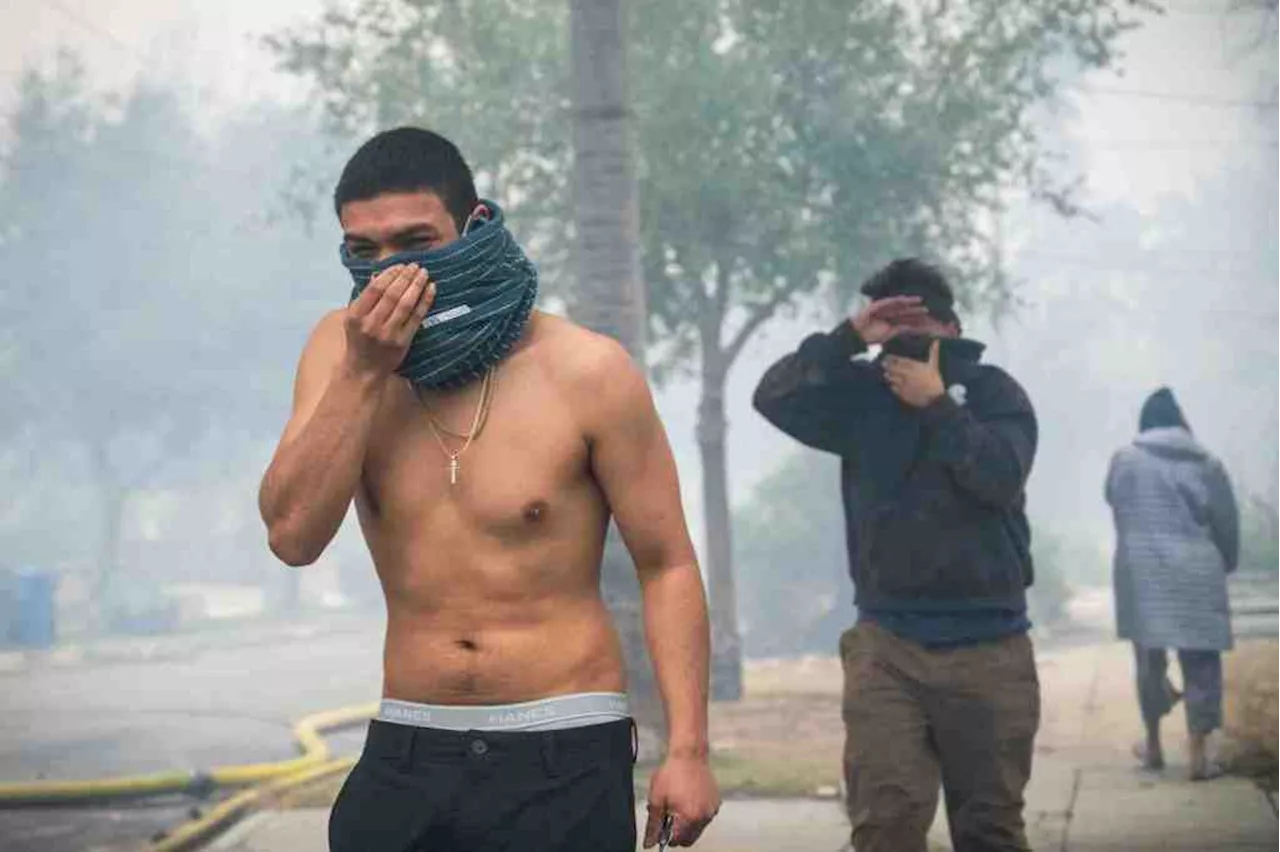 Toxins, high levels of lead, found in LA County air days after Eaton fire ignitedData reviewed by Caltech scientists found spikes of lead, chlorine and bromine in the air after the Eaton fire started.
Toxins, high levels of lead, found in LA County air days after Eaton fire ignitedData reviewed by Caltech scientists found spikes of lead, chlorine and bromine in the air after the Eaton fire started.
Read more »
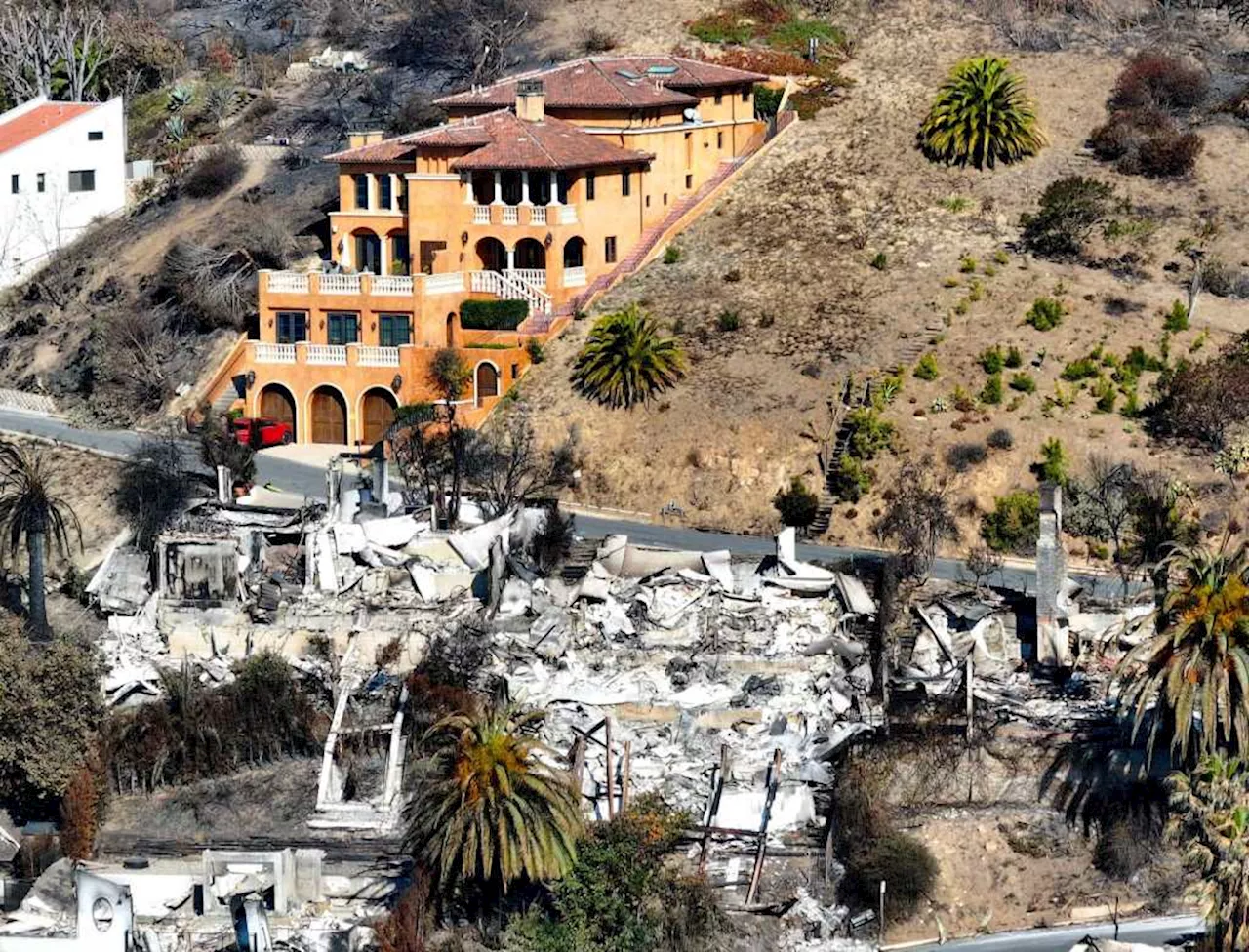 More progress made on Palisades, Eaton fires, as strong winds to hit again MondayThe Palisades fire was 52% contained on Sunday; the Eaton fire was 81% surrounded.
More progress made on Palisades, Eaton fires, as strong winds to hit again MondayThe Palisades fire was 52% contained on Sunday; the Eaton fire was 81% surrounded.
Read more »
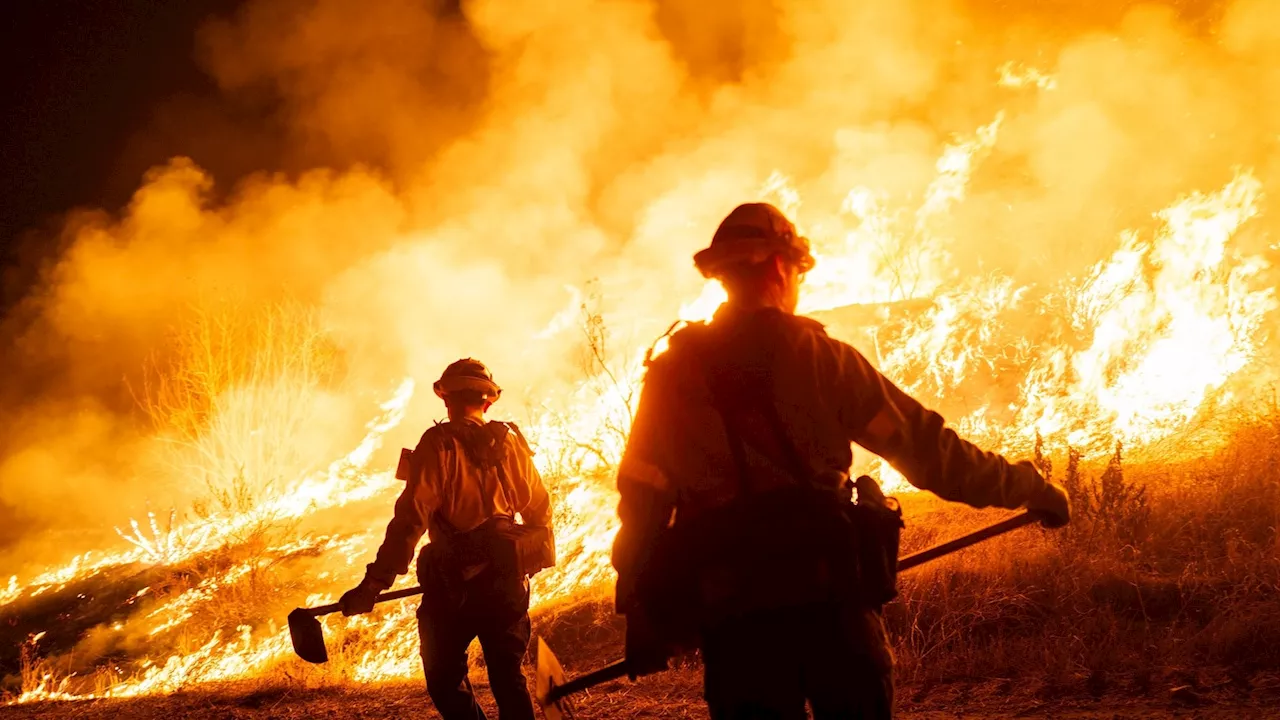 California fires live updates: New LA County fire explodes to over 9,000 acresThe Palisades Fire and the Eaton Fire also remain active.
California fires live updates: New LA County fire explodes to over 9,000 acresThe Palisades Fire and the Eaton Fire also remain active.
Read more »
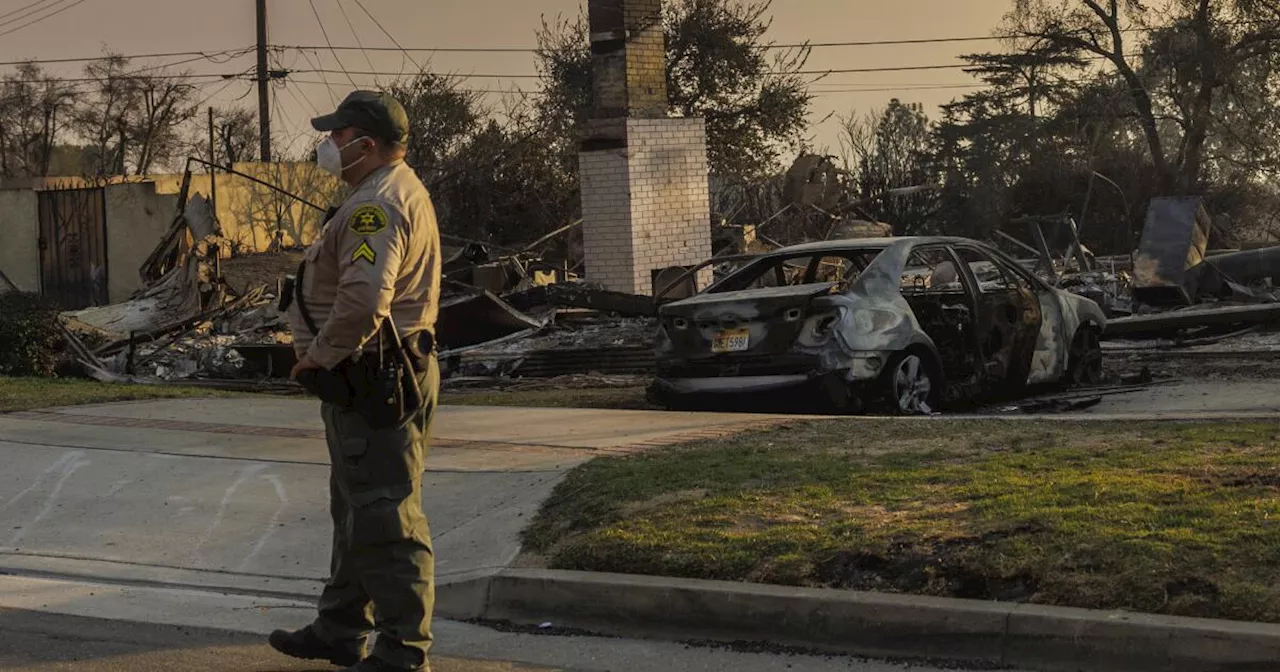 Deputies warned to decontaminate clothes after lead, asbestos found in air near Eaton fireOn Wednesday, a sheriff's official warned deputies about 'hazardous' airborne contaminants near the Eaton fire.
Deputies warned to decontaminate clothes after lead, asbestos found in air near Eaton fireOn Wednesday, a sheriff's official warned deputies about 'hazardous' airborne contaminants near the Eaton fire.
Read more »
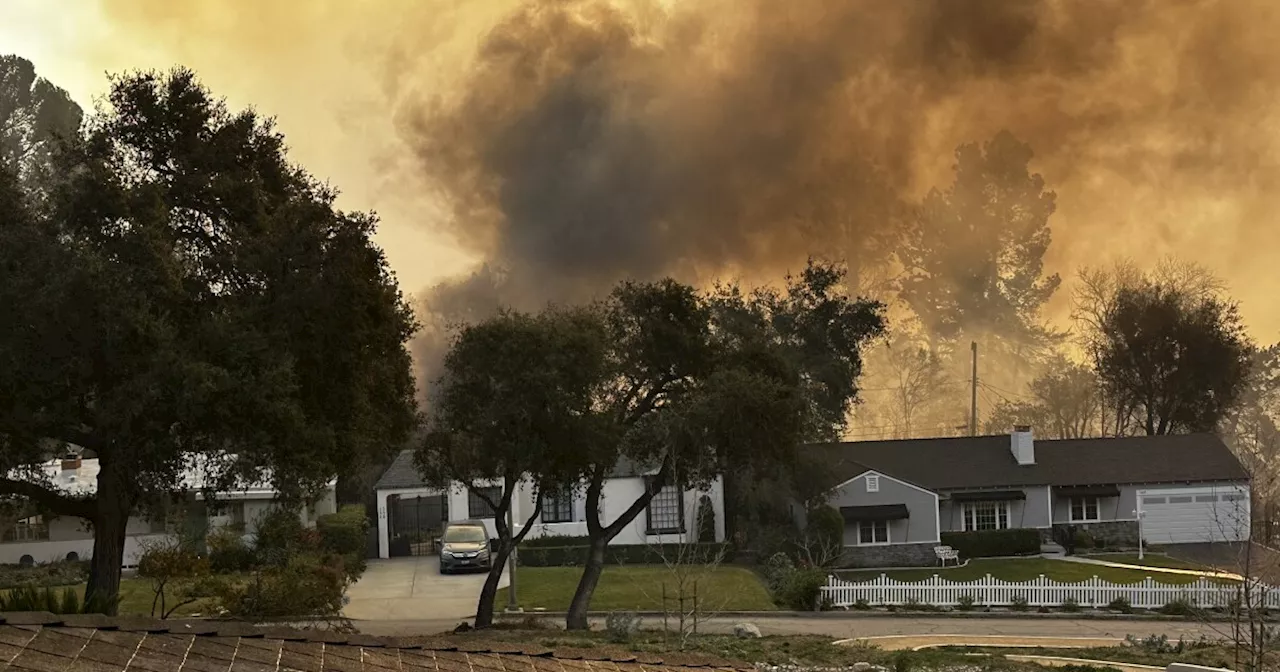 Air Quality Sensors Detect Lead, Chlorine Spikes After Eaton FireResearchers monitoring air quality near the Eaton Fire in Southern California observed spikes in lead, bromine, and chlorine levels. The lead spike was particularly notable due to its rarity. While the exact source of the chemicals remains unknown, researchers speculate it could be related to fire suppressants, lead paint in older homes, PVC piping, and electronics.
Air Quality Sensors Detect Lead, Chlorine Spikes After Eaton FireResearchers monitoring air quality near the Eaton Fire in Southern California observed spikes in lead, bromine, and chlorine levels. The lead spike was particularly notable due to its rarity. While the exact source of the chemicals remains unknown, researchers speculate it could be related to fire suppressants, lead paint in older homes, PVC piping, and electronics.
Read more »
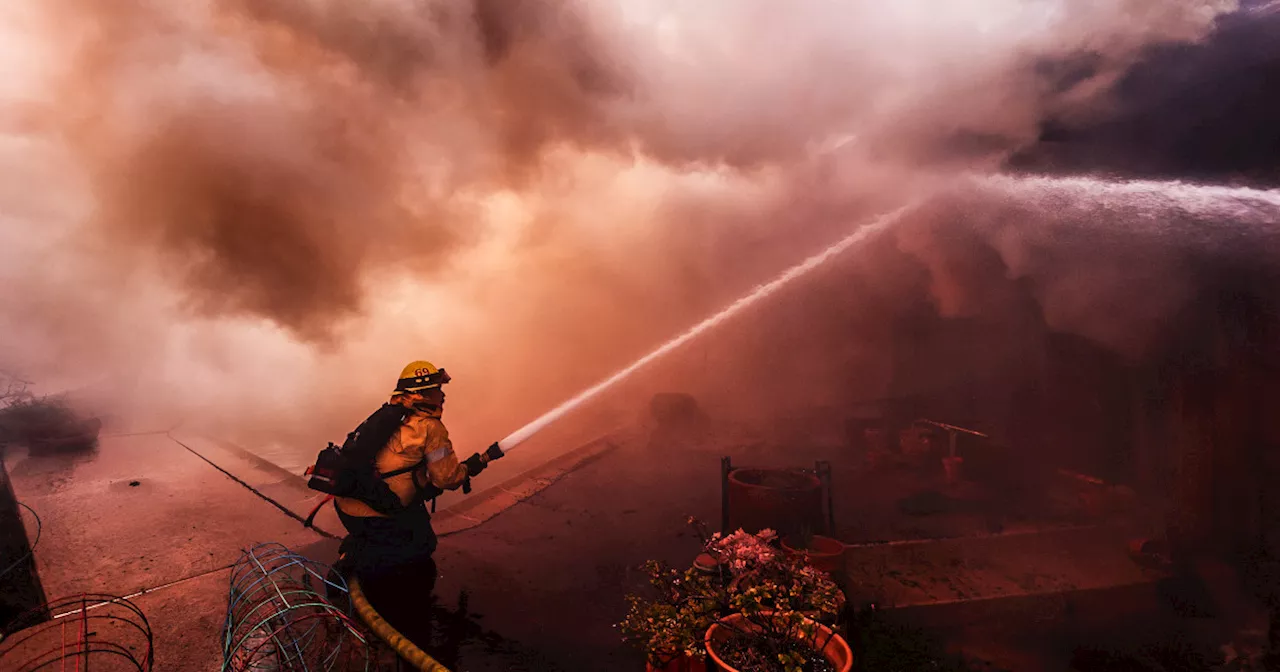 Eaton Fire Breaks Out Near Pasadena Amidst High Winds and Palisades FireA new fire, the Eaton Fire, ignited near Eaton Canyon in Pasadena, fueled by strong winds, while the Palisades Fire continues to burn in the city's southeast. The Pasadena Unified School District closed its schools, and the city is considering declaring a state of emergency.
Eaton Fire Breaks Out Near Pasadena Amidst High Winds and Palisades FireA new fire, the Eaton Fire, ignited near Eaton Canyon in Pasadena, fueled by strong winds, while the Palisades Fire continues to burn in the city's southeast. The Pasadena Unified School District closed its schools, and the city is considering declaring a state of emergency.
Read more »
